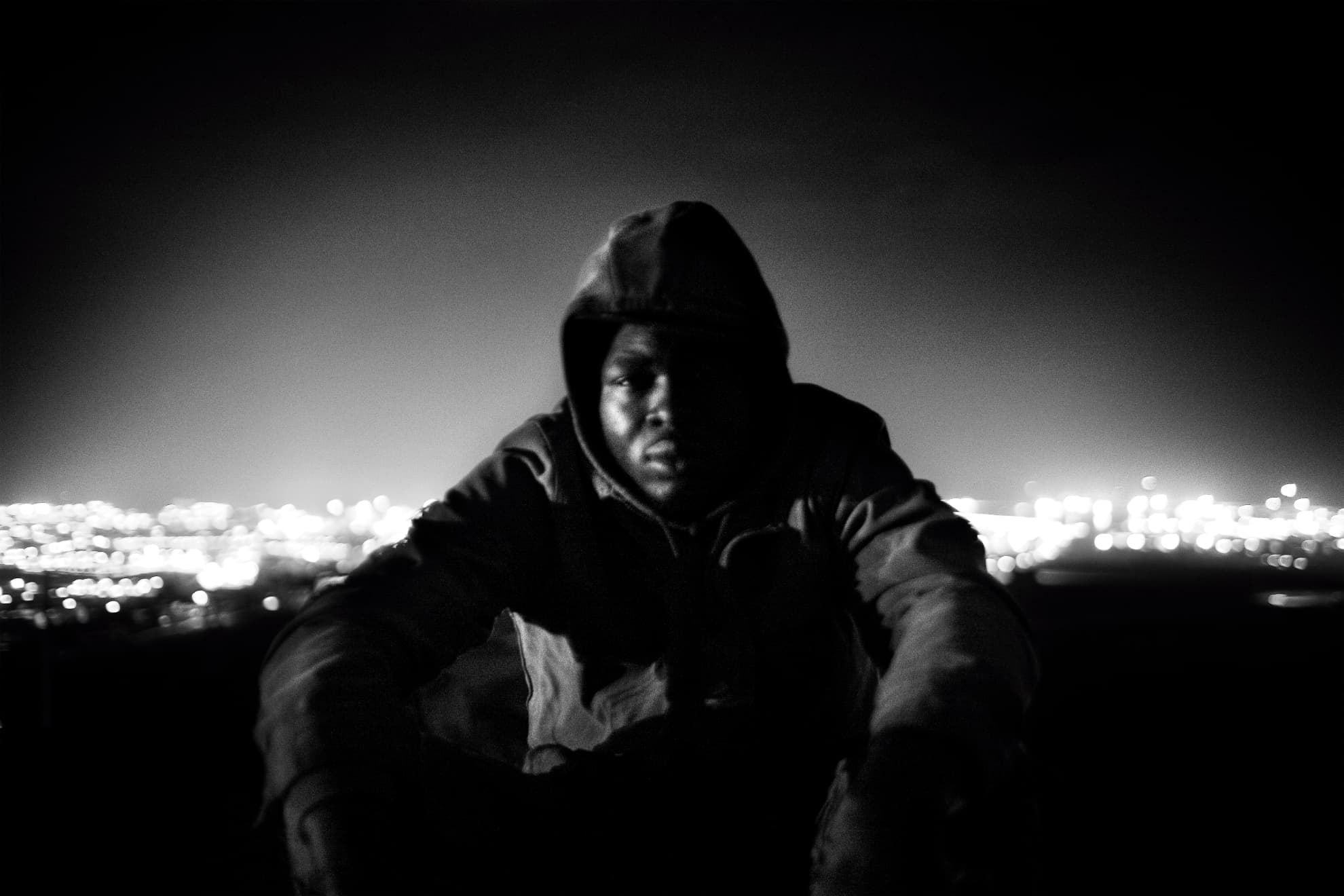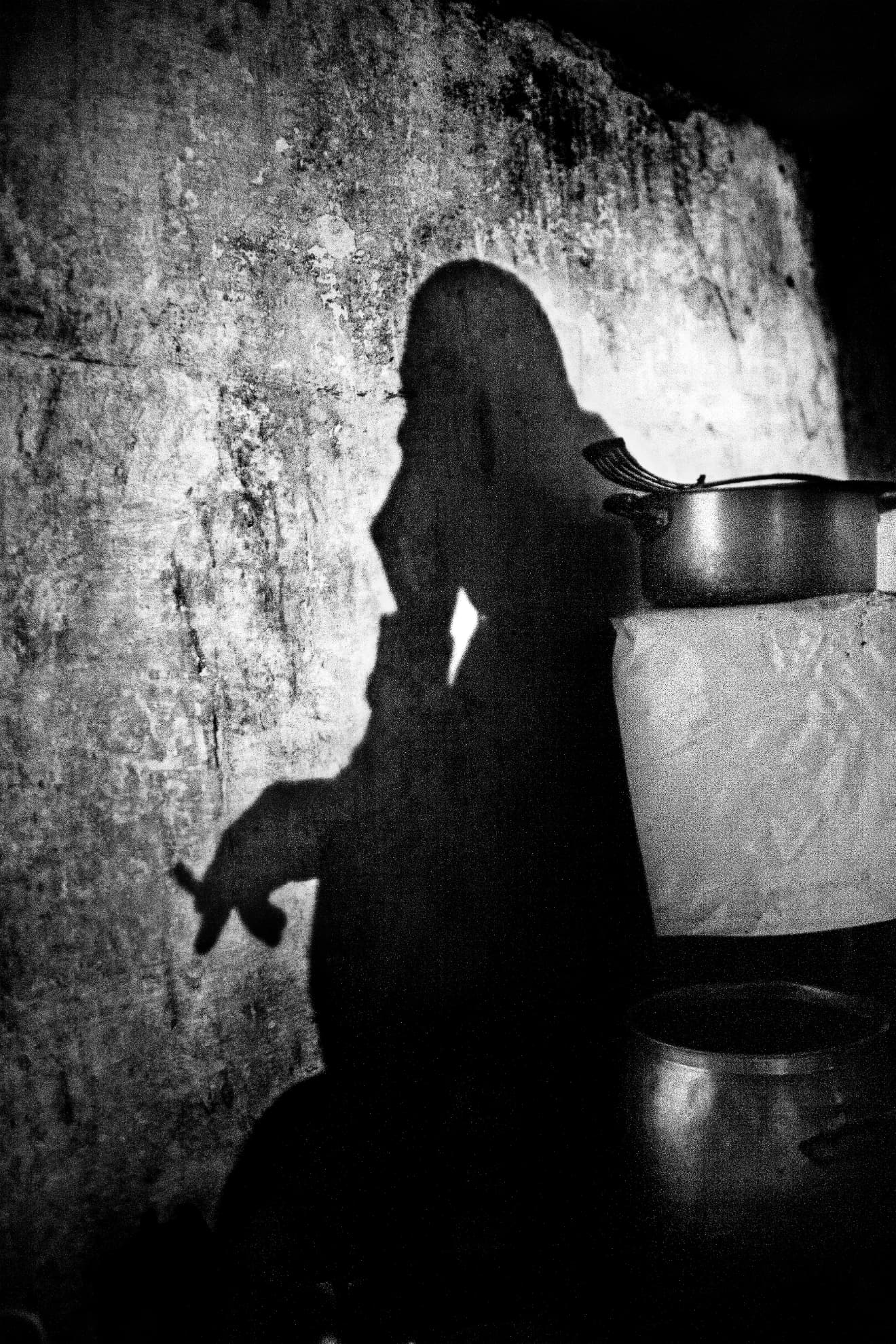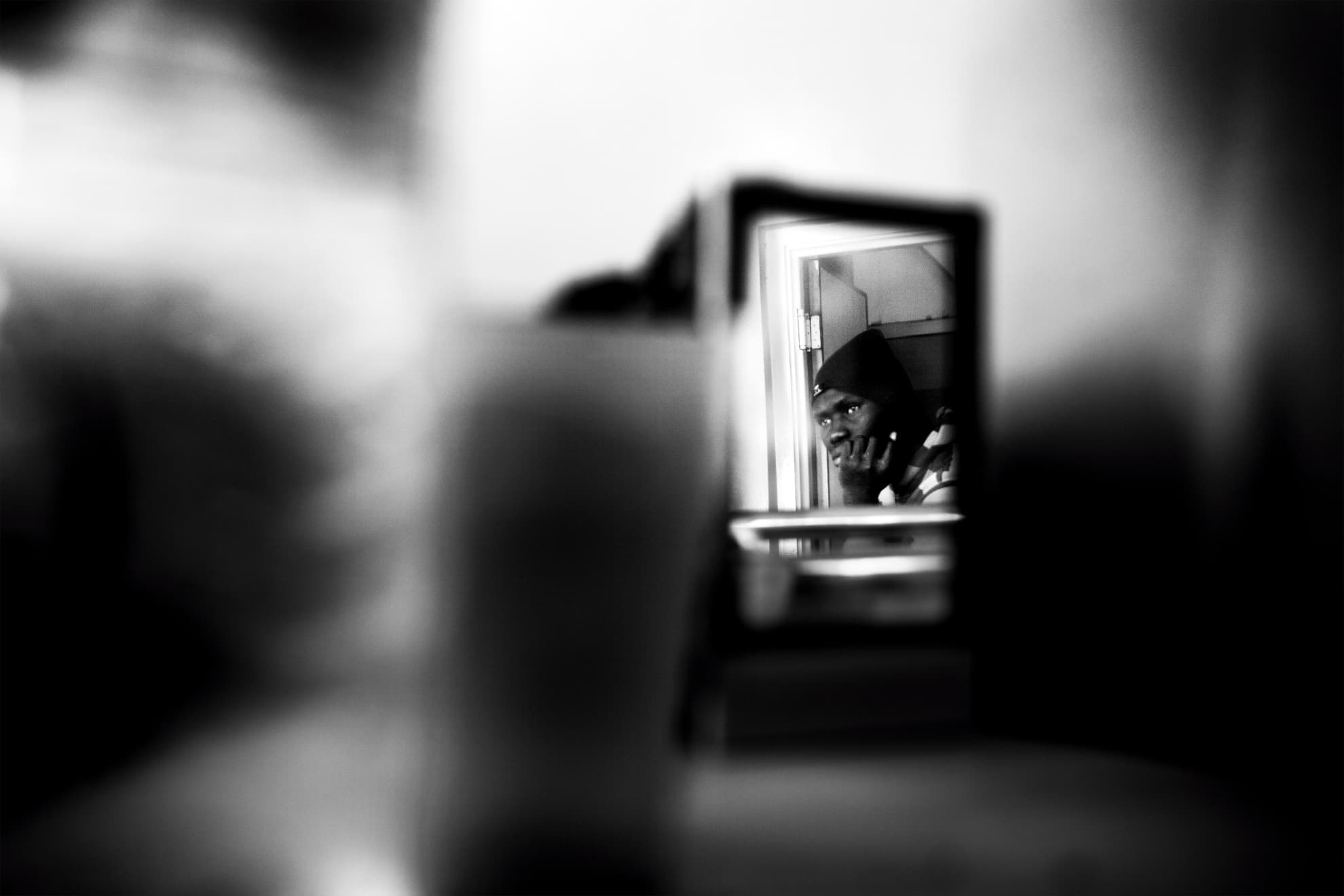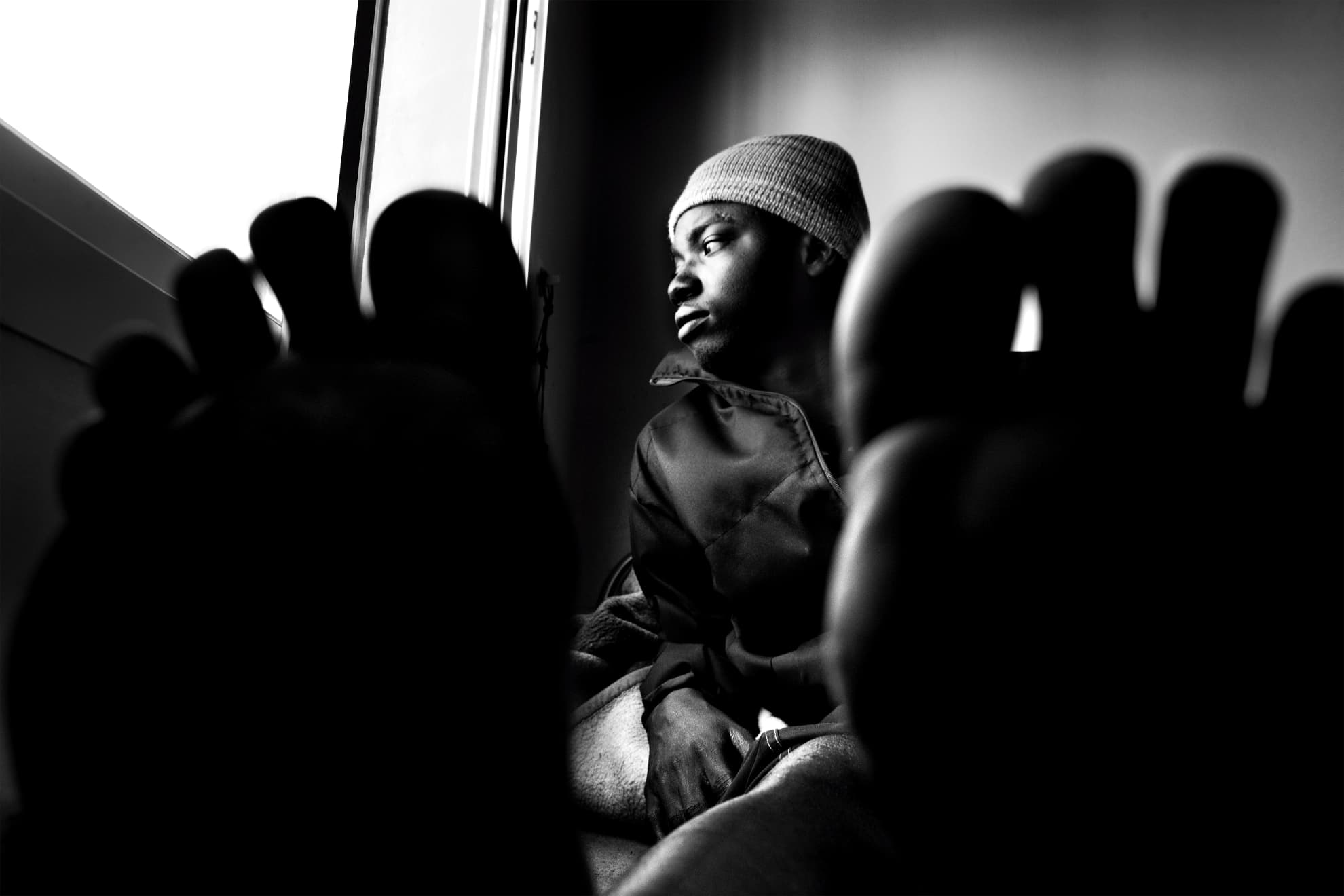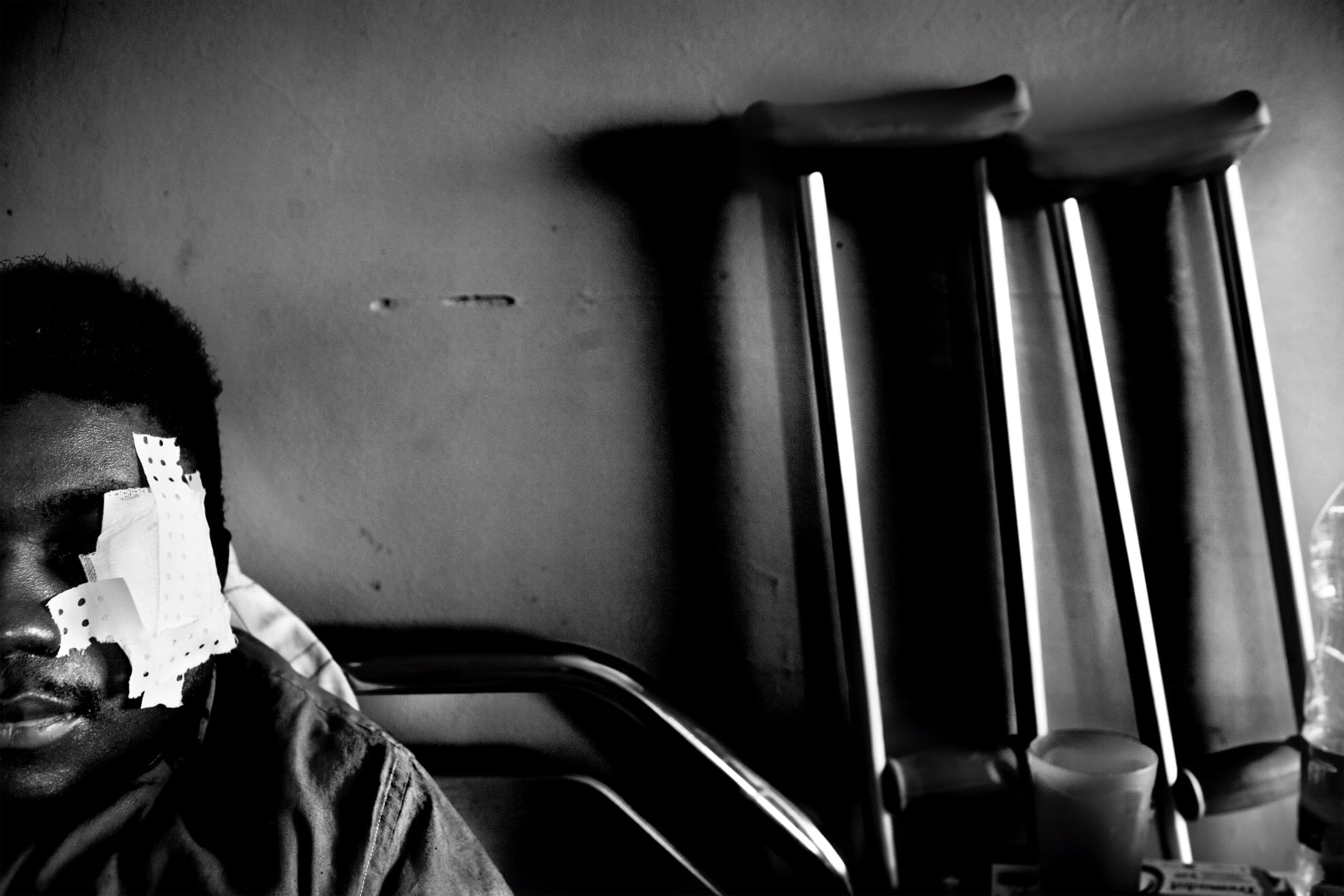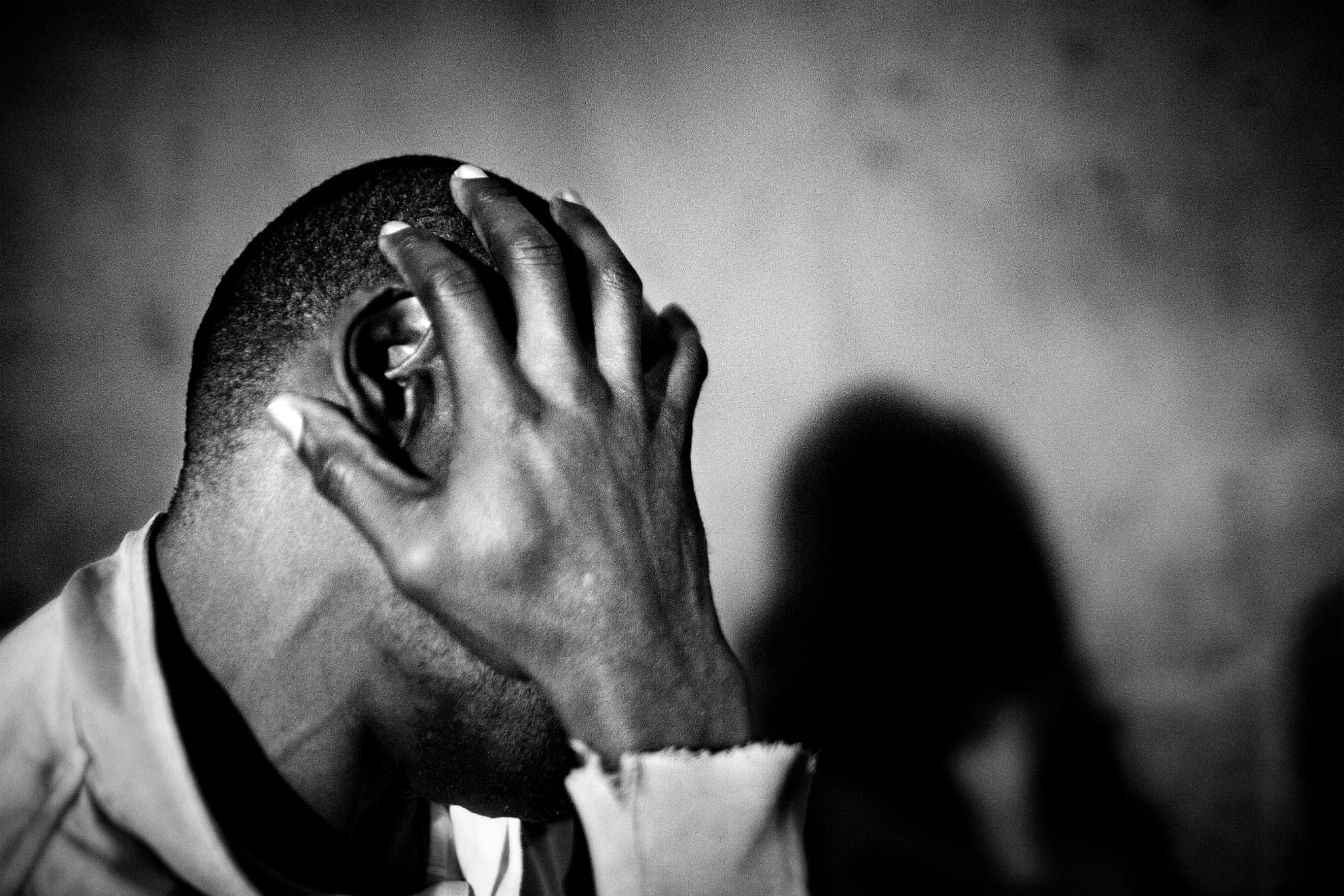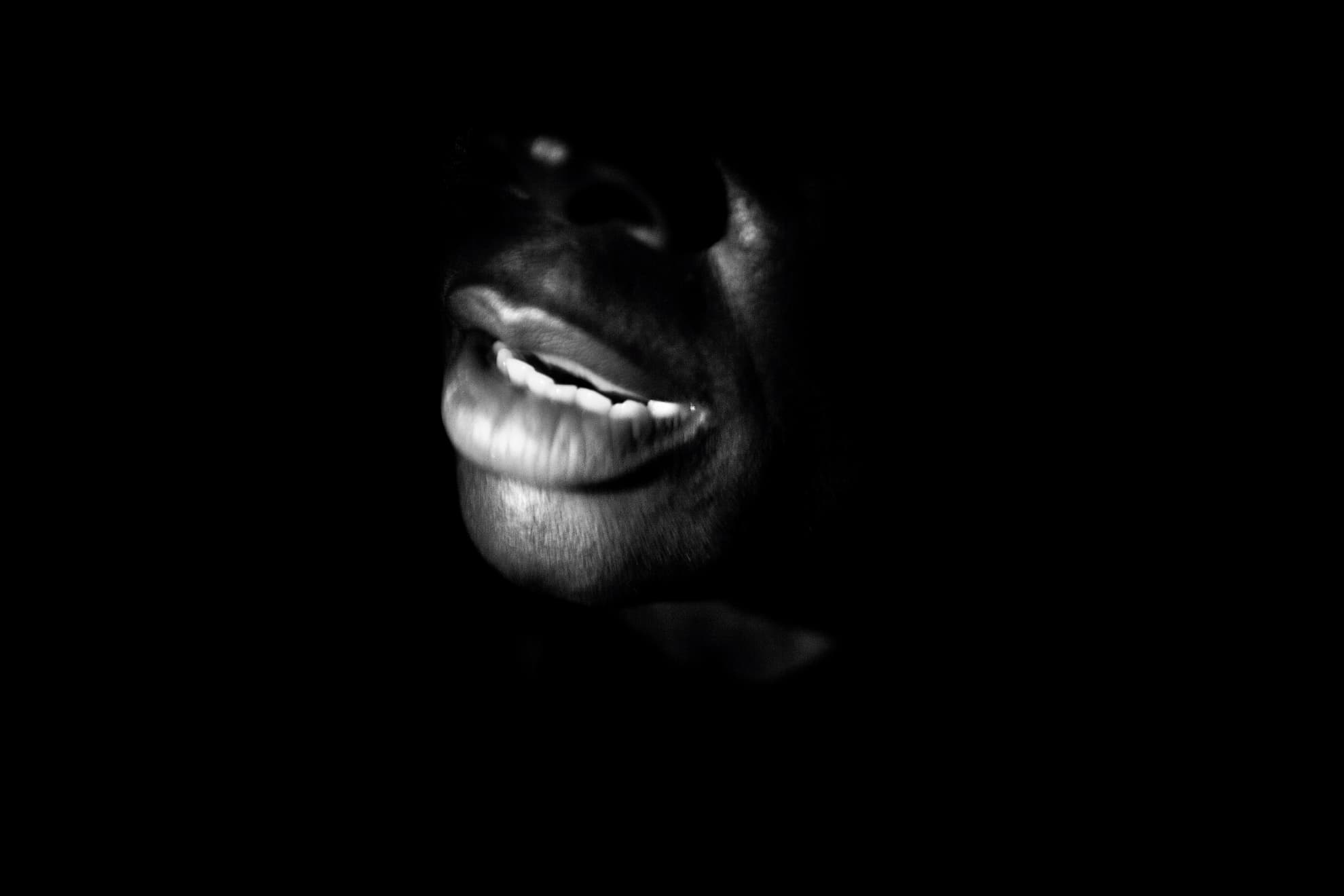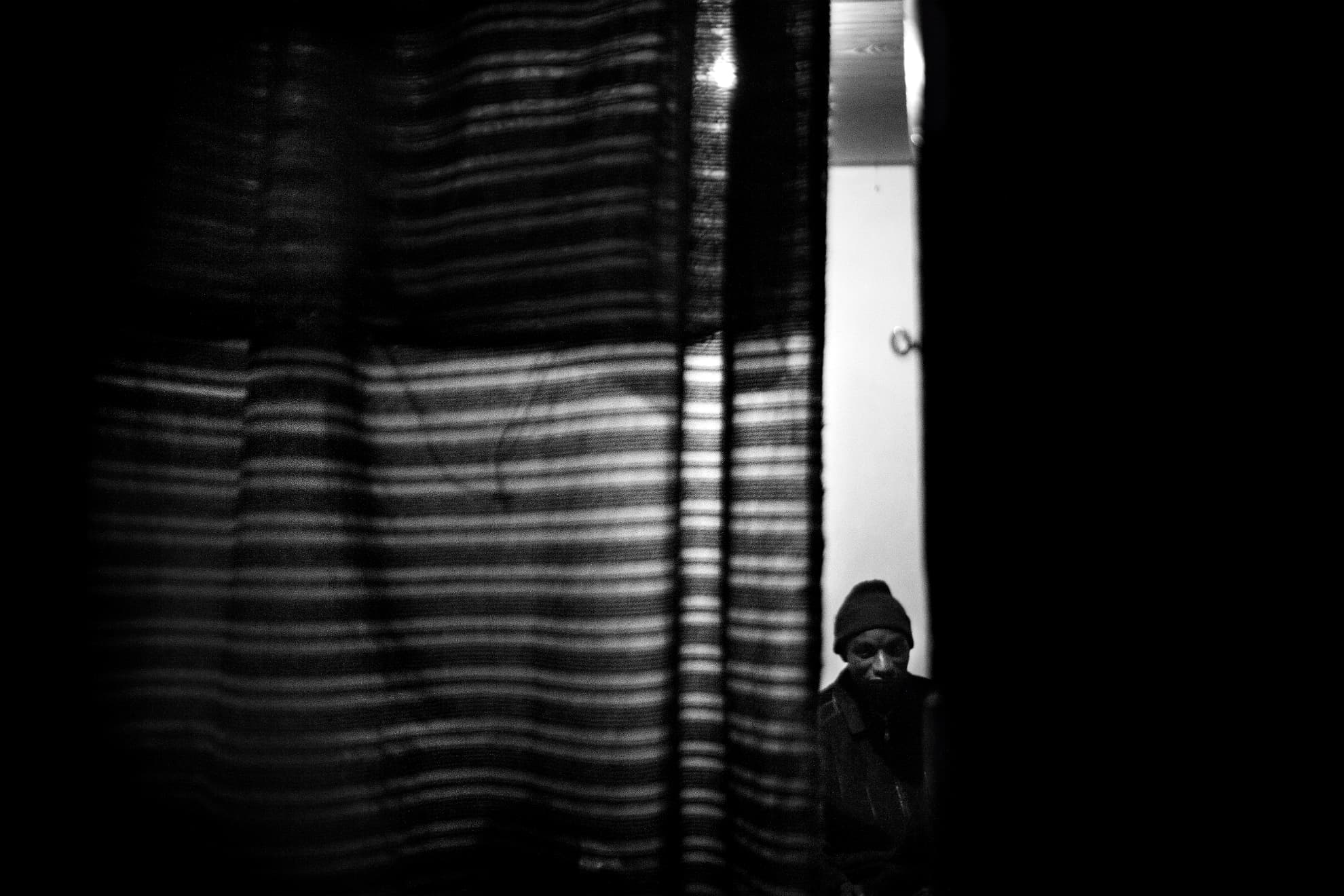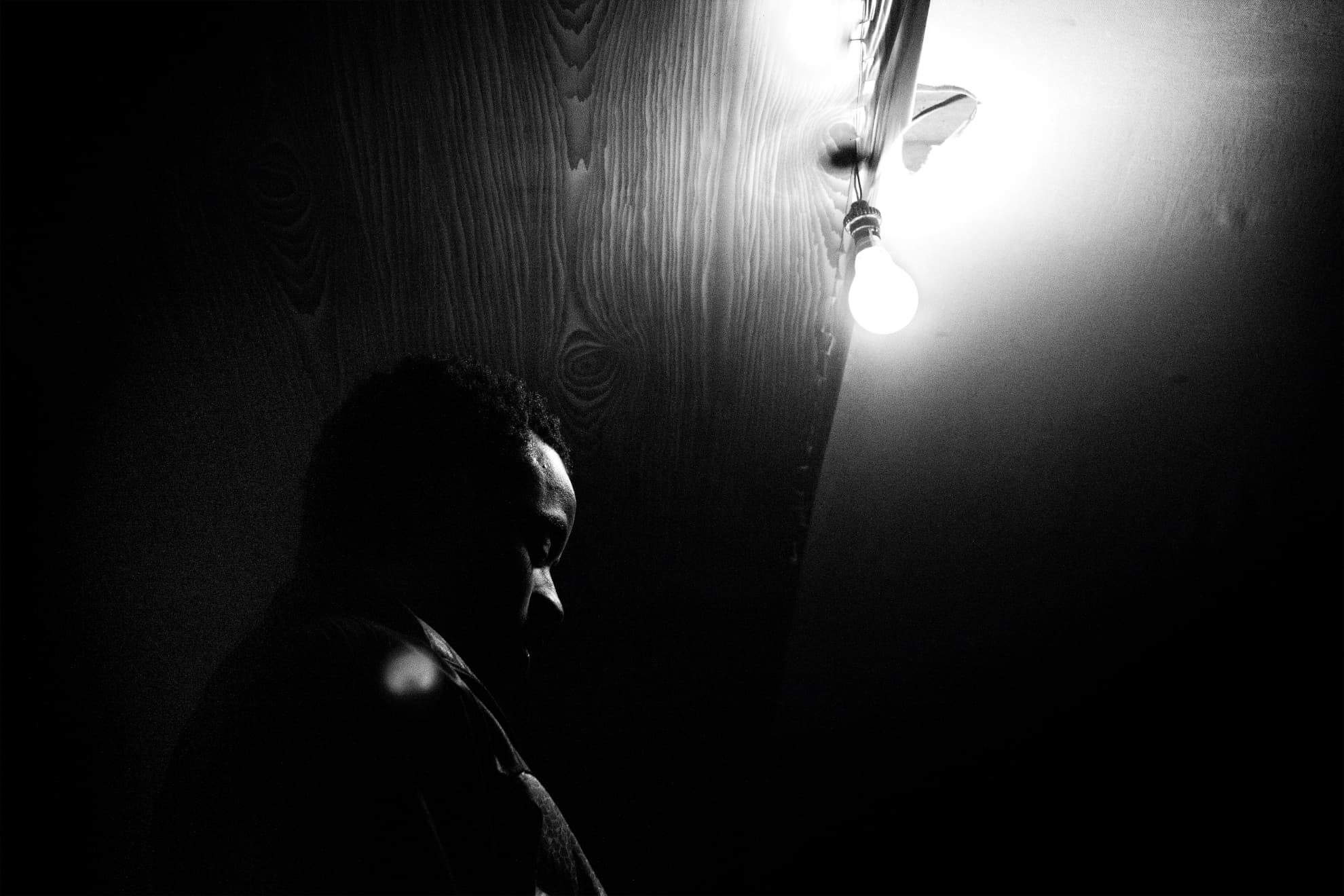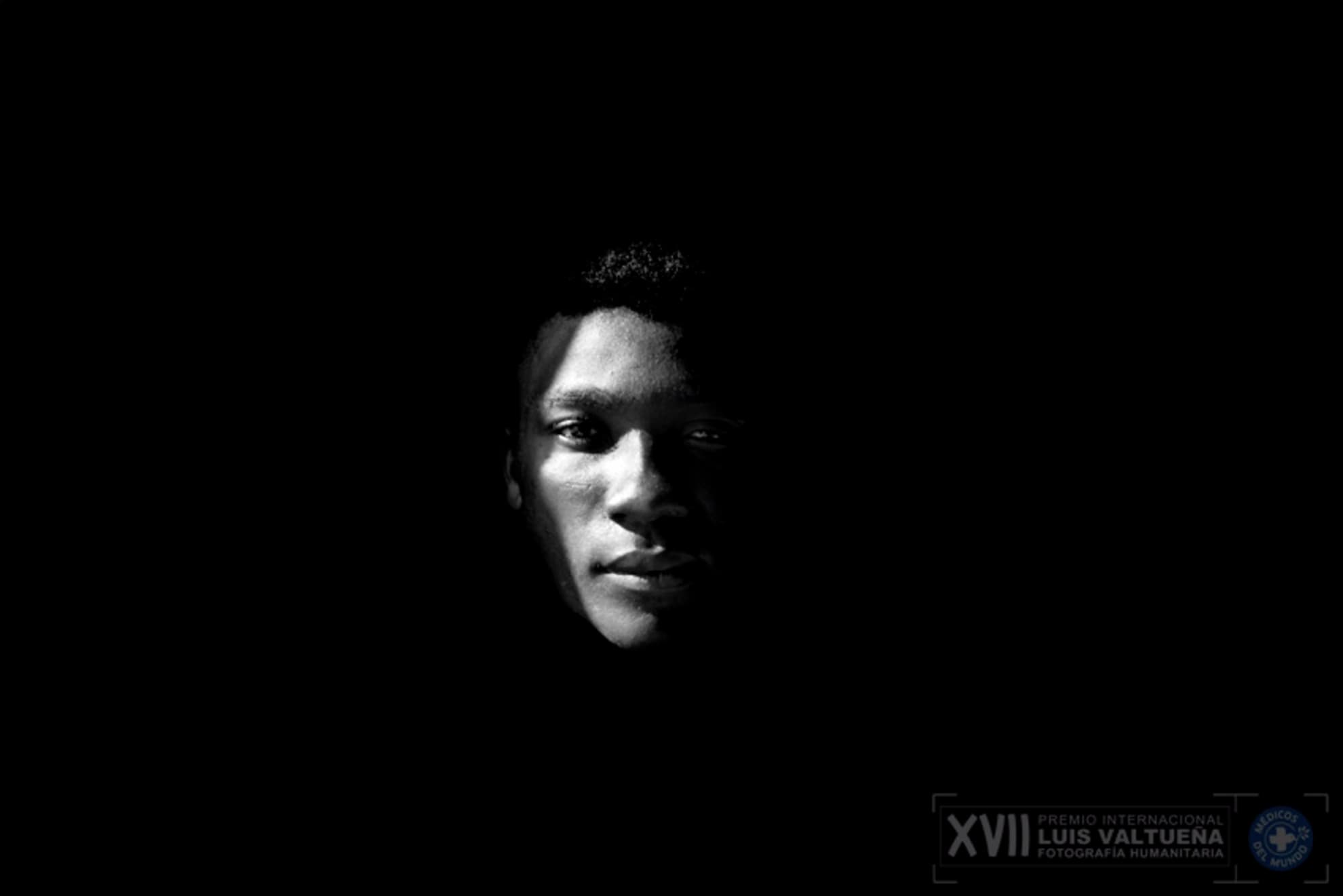Presentation
The series presented for this competition, Silenciosa Espera (The Silent Wait), is a sampling from the third chapter of my own personal project Errantes por un Sueño (Wandering for a Dream) about Sub-Saharan migration to Europe off the northeast coast of Africa. The entire undertaking is divided into five chapters.
The year 2006 was the year of the so-called “cayuco crisis”. That year, 31,859 migrants reached the coast of the Canary Islands. Since then, the situation has changed and governments have maneuvered to prevent these massive arrivals, and this has led the routes across northern Africa to vary. The Strait of Gibraltar has always been one of the most widely used transit points in Europe. While this still holds true a decade ago, the measures imposed by the European countries affected came to virtually lock off the Strait of Gibraltar, and the routes out of Africa gradually shifted westward, mainly into Mauritania and Senegal. From there, boats set off laden with people with little more than a dream in their pockets who pay enormous sums of money, sometimes leaving their families in debt. After a few years of waves of cayuco and other ramshackle boats reaching the coasts of both the Canary Islands and the Iberian Peninsula (2005, 2006 and 2007), the number of arrivals of migrants plummeted.
Gradually, the outpour of migrants from Northwestern African countries has decreased and Morocco is currently the main route towards the passage of the Spanish border. Boat crossings and jumping the imposing barbed-wire fence at the border in Ceuta or Melilla, which is more frequent now, are some of the ways migrants cross over into Europe.
In “The Silent Wait” I reflect these migrants’ passage through and stay in Morocco. The waiting time for either of these two options is usually very drawn out and the living conditions are extremely harsh. All of this is coupled with the risk of being an undocumented immigrant in Morocco. In a series of pictures, one can see young men and women in hospitals with wounds obtained when trying to jump the fence in Melilla. Some are due to falls as the fence was being climbed while others are owed to police aggression. One of the young men suffered from aggression by the Moroccan police as he was searching for food near the border.
Some migrants decide to stay for a while in Morocco to try to make some money to help their families back home and make a meager living for themselves. The photographs show several young men from Senegal living together in Rabat. The migrants are crowded into minute flats and rooms.
Getting by in Morocco as an undocumented immigrant is very complicated and the vast majority live in the woods outside the border cities of Ceuta and Melilla or in Algeria.
After a long, perilous trek across the dessert from their home countries (Senegal, Ivory Coast, Congo, Niger, Nigeria, Cameroon, Mali, etc.) many find themselves trapped in Morocco because of the extraordinary difficulties in reaching Europe and their feeling morally unable to return to their countries.
Biography
A documentary photographer, Mingo Venero discovered photography’s possibilities in 2003 and began training with photographer Manuel Alcalde from Cantabria, with whom he learned the discipline in the laboratory. In 2006 the Cantabria Regional Government awarded him the Plastic Arts Scholarship to do specialized studies: “Photographic Essays on Conflict Zones”, “Auteur Photography”, “Photojournalism” and “Travel Photography” at the Institute of Photographic Studies in Catalonia (Instituto de Estudios Fotográficos de Cataluña - IEFC). In 2007, Barcelona’s Centre Jardins de la Pau awarded him the scholarship “Fotografia i Societat” and he then went on to win the photojournalism category of the Pancho Cossío National Contest (Certamen Nacional Pancho Cossío).
As of then he has received awards and mentions in several photography competitions as well as scholarships for the 2009 Albarracín Photography and Journalism Seminar. He has had several exhibitions and projections, nationally and internationally, both on his own and with other photographers. He has published his social reports in various media and is also a teacher of photography courses and workshops held in Barcelona and other different cities. In 2011 he co-founded the group Calle 35 (http://www.calle35.com), devoted to photography out on the streets. He is currently working on personal human rights photography projects in cooperation with several NGOs.
